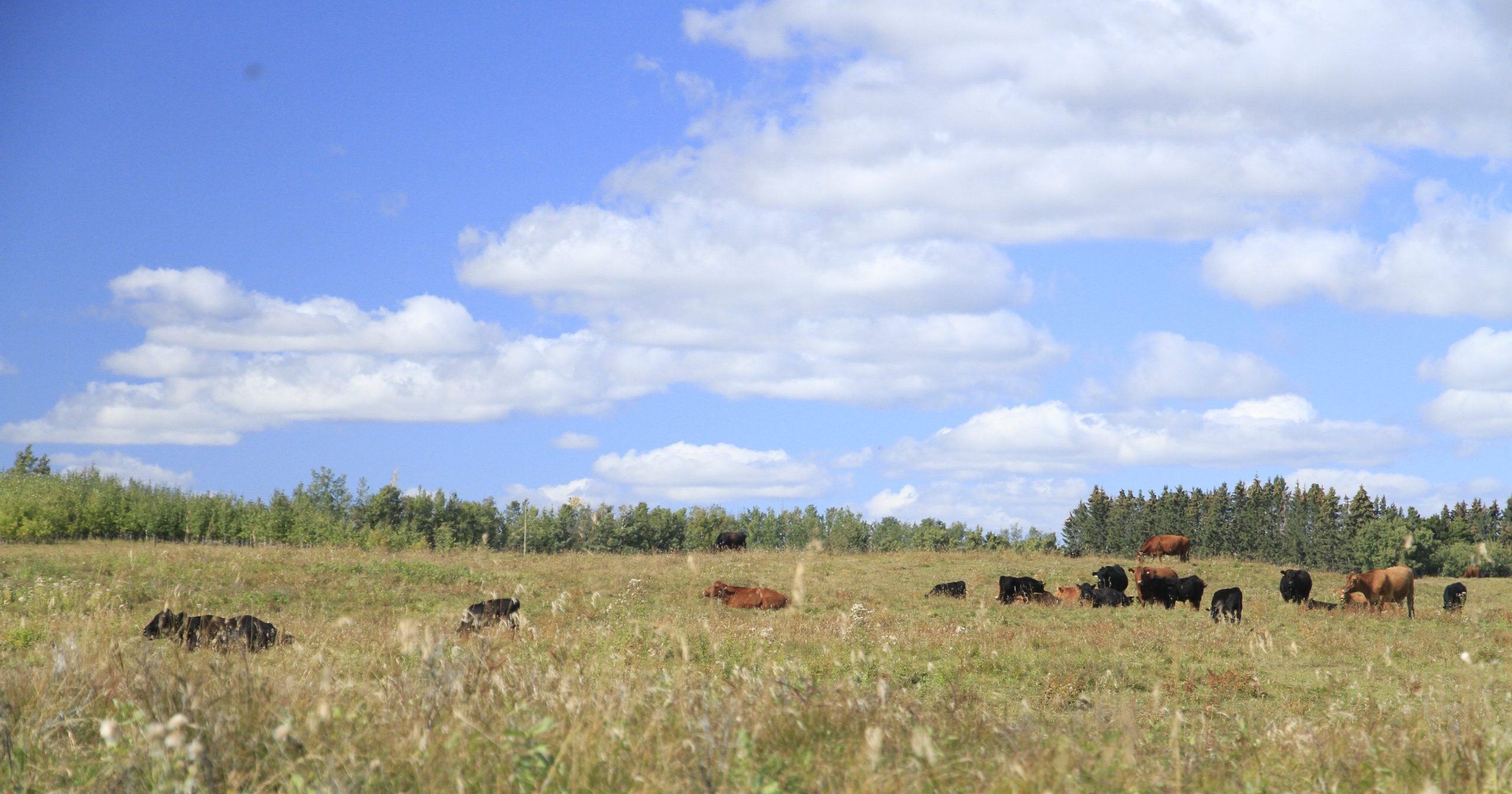AB Direct - Steers
Rail: 492.00-493.50 FOB feedlot (last week)
AB Direct - Heifers
Rail: 492.00-493.50 FOB feedlot (last week)
US Trade- Steers
Rail: 355.00-363.00 (IA, NE) last week
US Trade - Heifers
Rail: 355.00-363.00 (IA, NE) last week
Canadian Dollar
0.19

Canfax Weekly Article | Report for the week of August 14, 2023
Fed cattle prices have found some stability, averaging in the mid $230/cwt for the past couple of weeks. Light trade was reported last week, with dressed sales ranging from $391-393/cwt delivered; cattle were being scheduled for mid to late September delivery. With good late summer feeding conditions, and lift times now 30+ days out, carcass weights will continue to seasonally increase. Over the past couple of weeks Alberta fed prices have been trading at a $16-17/cwt discount against the Nebraska market. For the beginning of August this is the weakest basis since 2004. Furthermore, for August this is the third-weakest basis going back over 35 years.
The Alberta feeder market took a breath last week after five straight weeks climbing higher. On average Alberta steers eased $4/cwt and heifers were $8/cwt lower. Light weight (under 600 lb) steers softened a significant $2-14/cwt with same weight heifers off $16-28/cwt. Lighter volumes, along with uncertainty on feed availability, are likely playing a role in lower prices for lighter calves. Calves in the 600 lb range are the talk of the week. Six-weight steers rallied $2/cwt with heifers jumping $4/cwt last week. Both groups of calves set new annual highs. With the North American cattle herd down and ongoing drought in Texas, feedlots may be weighing the cost of purchasing calves now versus later this fall and are opting to place calves against the high point in the futures market. Steers over 600 lb were off $1-9/cwt, while heifers ranged from $2/cwt stronger to $4/cwt softer.
Alberta D2 cows continued to slide last week, down $2/cwt averaging $148/cwt. This is 6% lower than their highs at the end of May. Historically, Alberta D2 cows have softened around 5% between the end of May and the middle of August. Alberta feeder cows were under significant pressure last week, down $11/cwt from last week, averaging $142/cwt. There is a distinct possibility that packers have ample inventories of lean trims and grinds and are instead opting to save hooks for fed cattle. From January to June 2023, non-fed cattle exports are down 26% from last year at 86,700 head.
Bull:
- Robust international demand supports Canadian beef export values.
- Alberta 6-weight steers and heifers re-established new all-time high prices.
- Carcass weights should seasonally increase.
Bear:
- Drought placements keep COF inventories higher than expected.
- Spotty moisture pushed feed and forage prices back to 2021 levels.
- Fifty percent trim is down significantly from two weeks ago, falling 25% in value.


